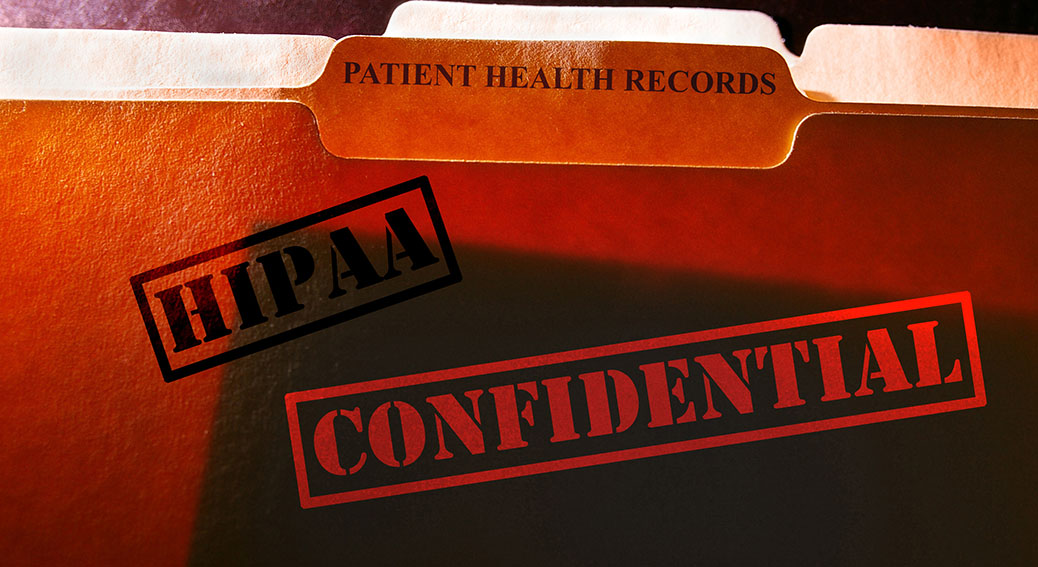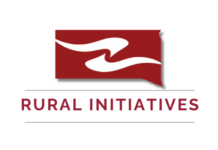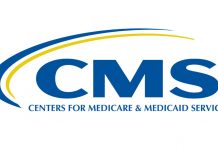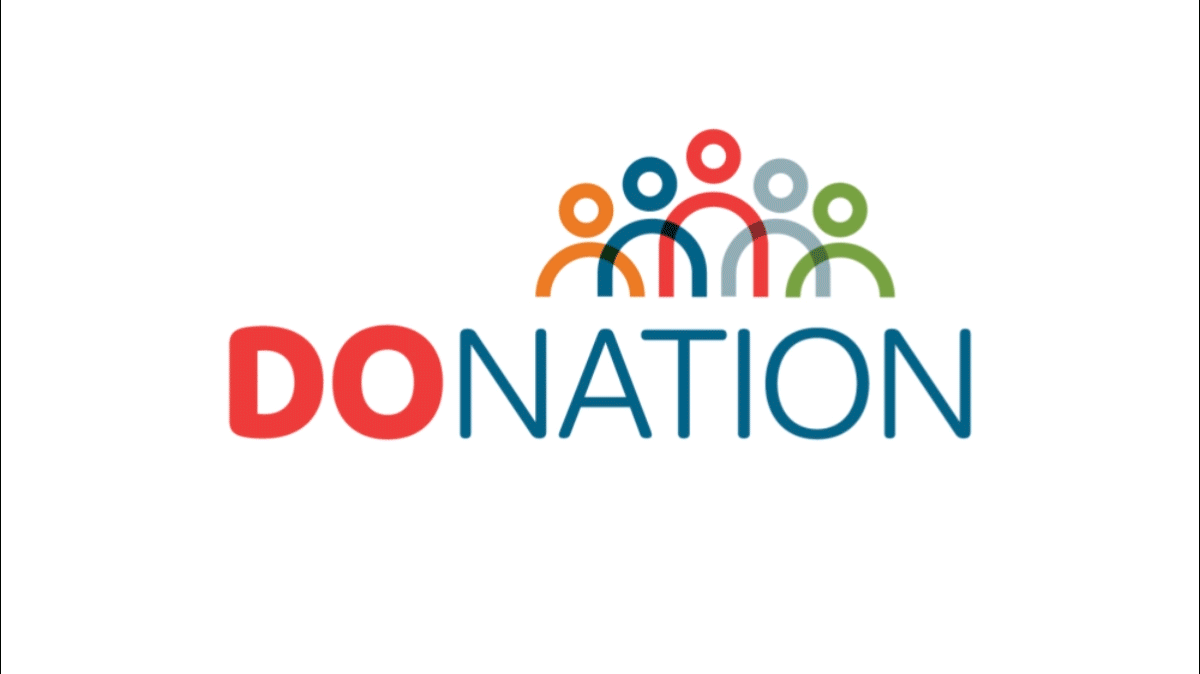In light of the recent mass shooting in Las Vegas, the HHS Office for Civil Rights (OCR) has issued reminder information about instances in sharing patient information.
The HIPAA Privacy Rule allows patient information to be shared for the following purposes and under the following conditions:
Disclosures to Family, Friends, and Others Involved in an Individual’s Care and for Notification
A HIPAA covered entity may share protected health information with a patient’s family members, relatives, friends, or other persons identified by the patient as involved in the patient’s care. A covered entity also may share information about a patient as necessary to identify, locate, and notify family members, guardians, or anyone else responsible for the patient’s care, of the patient’s location, general condition, or death. This may include, where necessary to notify family members and others, the police, the press, or the public at large.
- The covered entity should get verbal permission from individuals or otherwise be able to reasonably infer that the patient does not object, when possible; if the individual is incapacitated or not available, covered entities may share information for these purposes if, in their professional judgment, doing so is in the patient’s best interest.
- For patients who are unconscious or incapacitated: A health care provider may share relevant information about the patient with family, friends, or others involved in the patient’s care or payment for care, if the health care provider determines, based on professional judgment, that doing so is in the best interests of the patient.
- In addition, a covered entity may share protected health information with disaster relief organizations that, like the American Red Cross, are authorized by law or by their charters to assist in disaster relief efforts, for the purpose of coordinating the notification of family members or other persons involved in the patient’s care, of the patient’s location, general condition, or death. It is unnecessary to obtain a patient’s permission to share the information in this situation if doing so would interfere with the organization’s ability to respond to the emergency.
More information on frequently asked questions (FAQs) on this type of disclosure can be found here.
Disclosures to the Media or Others Not Involved in the Care of the Patient/Notification
Upon request for information about a particular patient by name, a hospital or other health care facility may release limited facility directory information to acknowledge an individual is a patient at the facility and provide basic information about the patient’s condition in general terms (e.g., critical or stable, deceased, or treated and released) if the patient has not objected to or restricted the release of such information or, if the patient is incapacitated, if the disclosure is believed to be in the best interest of the patient and is consistent with any prior expressed preferences of the patient. In general, except in the limited circumstances, affirmative reporting to the media or the public at large about an identifiable patient, or the disclosure to the public or media of specific information about treatment of an identifiable patient, may not be done without the patient’s written authorization.
Additional information regarding disclosure to the media can be found here.
Minimum Necessary
For most disclosures, a covered entity must make reasonable efforts to limit the information disclosed to that which is the “minimum necessary” to accomplish the purpose. Covered entities may rely on representations from a public health authority or other public official that the requested information is the minimum necessary for the purpose. Internally, covered entities should continue to apply their role-based access policies to limit access to protected health information to only those workforce members who need it to carry out their duties.
More information on minimum necessary requirements can be found here.






